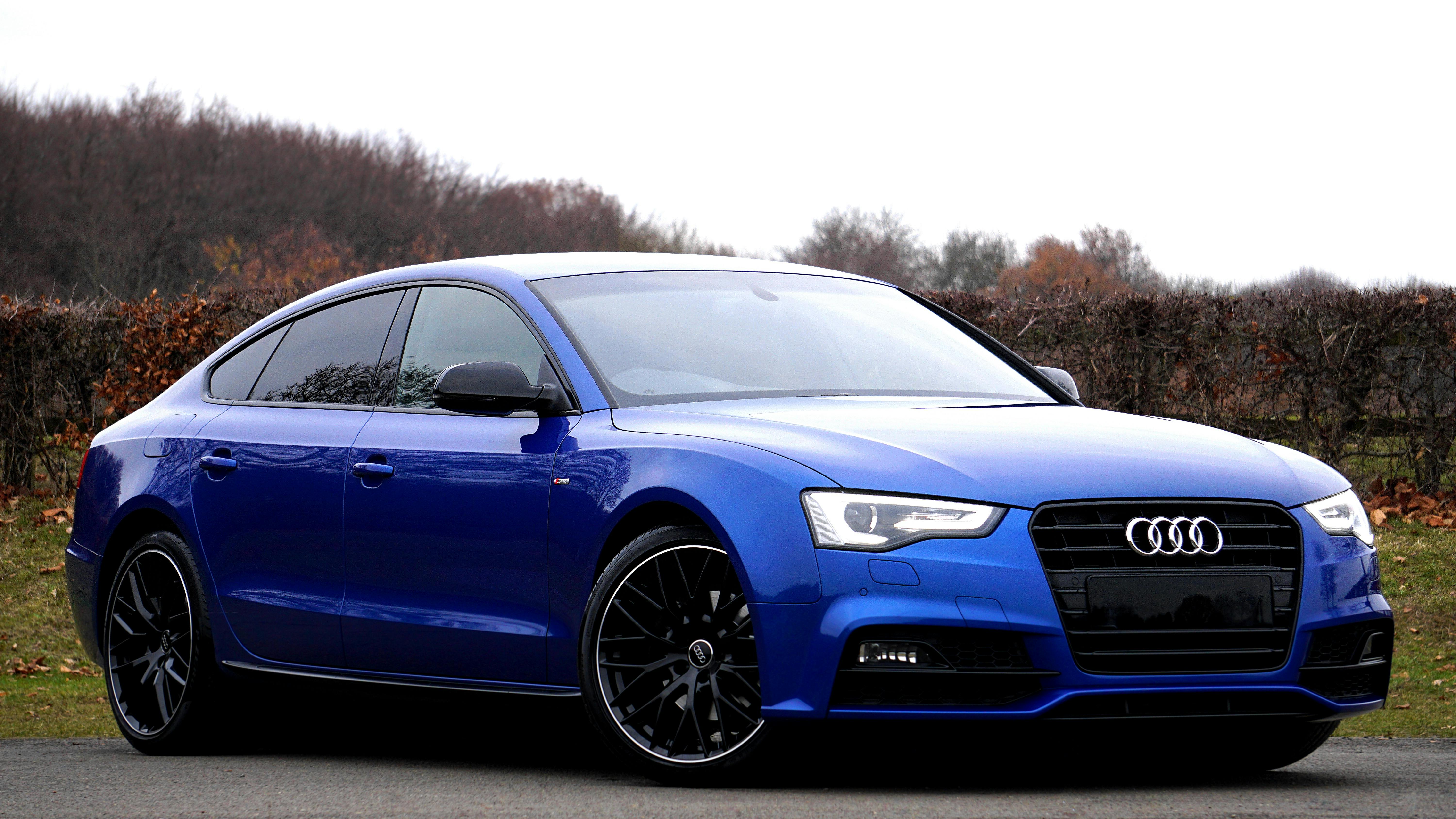Car Remote Light Blinking But Not Working

The sinking feeling of a car remote flashing its light but failing to unlock or lock your doors is something many drivers experience. It's frustrating, inconvenient, and potentially leaves you stranded. This article breaks down the common reasons behind this issue, offering practical troubleshooting steps for both car owners and mechanics, along with preventative maintenance tips to minimize future problems.
Common Symptoms and Their Underlying Causes
The first step in fixing a malfunctioning remote is identifying the exact symptoms. Here are a few scenarios and their likely causes:
- Blinking light, no action: This often points to a dead or weak battery in the remote itself. However, it could also indicate a problem with the car's receiver or the remote's programming.
- Intermittent functionality: Sometimes the remote works, sometimes it doesn't. This could be due to a partially drained battery, interference from other electronic devices, or a faulty connection within the remote.
- Reduced range: You have to be much closer to the car than usual for the remote to work. This almost always signifies a weak battery in the remote.
- Remote stopped working after battery replacement: This typically means the remote needs to be re-programmed to the car.
- Only one remote is affected: If you have two remotes and only one isn't working, the issue is highly likely isolated to that specific remote and not the car's system.
Troubleshooting Steps for Car Owners
Before rushing to a mechanic, try these simple fixes. They might save you time and money:
- Replace the Remote Battery: This is the most common fix. Open the remote (usually with a small screwdriver or coin) and replace the battery with the correct type (CR2032 is a frequent culprit). Ensure the battery is installed correctly with the positive (+) and negative (-) sides facing the right direction.
- Check for Interference: Try using the remote in a different location away from potential sources of interference like cell phone towers, power lines, or other strong radio frequency emitters.
- Clean the Battery Contacts: Corrosion can build up on the battery contacts inside the remote. Use a cotton swab dipped in rubbing alcohol to gently clean them.
- Try the Second Remote: If you have a spare remote, test it. If the spare works perfectly, it confirms the problem is with the first remote.
- Check the Car Battery: A weak car battery can sometimes affect the remote receiver's functionality. Ensure your car battery is properly charged.
- Consult Your Owner's Manual: Your car's manual might have specific instructions for re-programming the remote. This is especially relevant after a battery replacement. For example, some Honda models require a specific sequence of key turns and button presses to resynchronize the remote.
Troubleshooting for Mechanics
For mechanics, a more thorough diagnostic approach is needed:
- Verify the Remote's Signal Output: Use a key fob tester to confirm the remote is transmitting a signal. If there's no signal, the remote itself is likely faulty and needs replacement or repair.
- Check the Car's Remote Receiver: The receiver is usually located within the car's body control module (BCM). Use a scan tool to check for any error codes related to the remote entry system.
- Inspect Wiring and Connections: Look for damaged or corroded wiring leading to the BCM and the door lock actuators. A faulty connection can prevent the signal from reaching the actuators.
- Test the Door Lock Actuators: Use a multimeter to test the voltage going to the door lock actuators when the remote button is pressed. If there's no voltage, the problem lies upstream in the receiver or wiring.
- Consider Aftermarket Alarm Systems: If the car has an aftermarket alarm system, it might be interfering with the factory remote system. Disabling the aftermarket alarm can sometimes resolve the issue.
- Re-program the Remote (Using a Scan Tool): Use a professional scan tool to re-program the remote to the car's system. This is often necessary after replacing the remote or the BCM. Ford and GM vehicles often require specific programming procedures.
Real-World Examples and Solutions
- Problem: A 2015 Toyota Camry remote stopped working after the owner replaced the battery. The light blinked, but the doors wouldn't unlock. Solution: The owner followed the re-programming procedure in the owner's manual, which involved inserting and removing the key from the ignition a specific number of times, followed by pressing the lock button on the remote. This successfully re-synchronized the remote.
- Problem: A 2018 Jeep Grand Cherokee remote had reduced range. Solution: Replacing the battery with a fresh one immediately restored the remote's range to normal.
- Problem: A mechanic diagnosed a 2010 BMW 3 Series with a faulty remote receiver after the remote stopped working. Solution: After confirming the remote itself was transmitting a signal, the mechanic replaced the BCM, which houses the receiver. This resolved the issue.
Preventative Maintenance and Keeping Your Car in Top Condition
Regular maintenance can prevent many remote-related issues:
- Replace Remote Batteries Regularly: Don't wait until the remote completely stops working. Replace the battery every 1-2 years.
- Protect Your Remote: Avoid dropping or exposing your remote to excessive moisture or extreme temperatures.
- Regular Car Battery Checks: A healthy car battery ensures all electrical systems function properly, including the remote entry system. Have your car battery tested regularly.
- Keep Your Car Clean: A clean interior, especially around the BCM, prevents corrosion and damage to electrical components.
By understanding the common causes and solutions for a car remote blinking but not working, you can save yourself time, money, and frustration. Whether you're a car owner or a mechanic, these troubleshooting steps and preventative measures will help keep your car's remote entry system in top condition.
